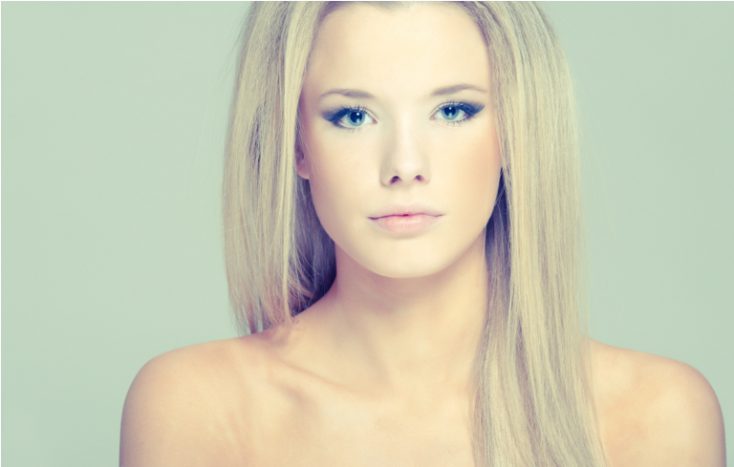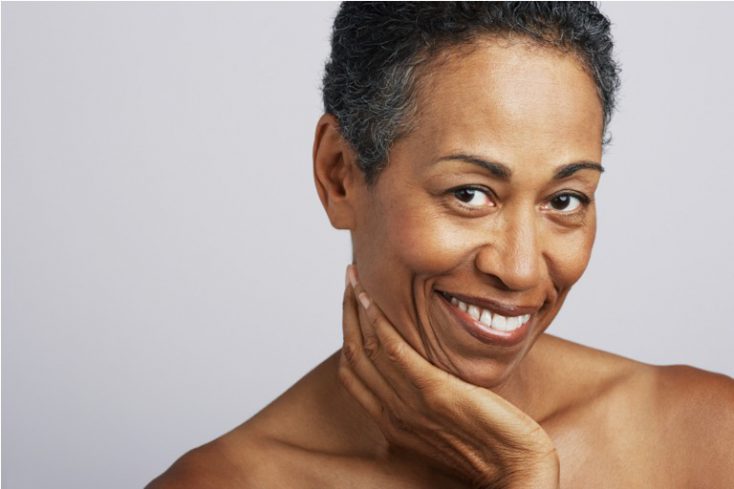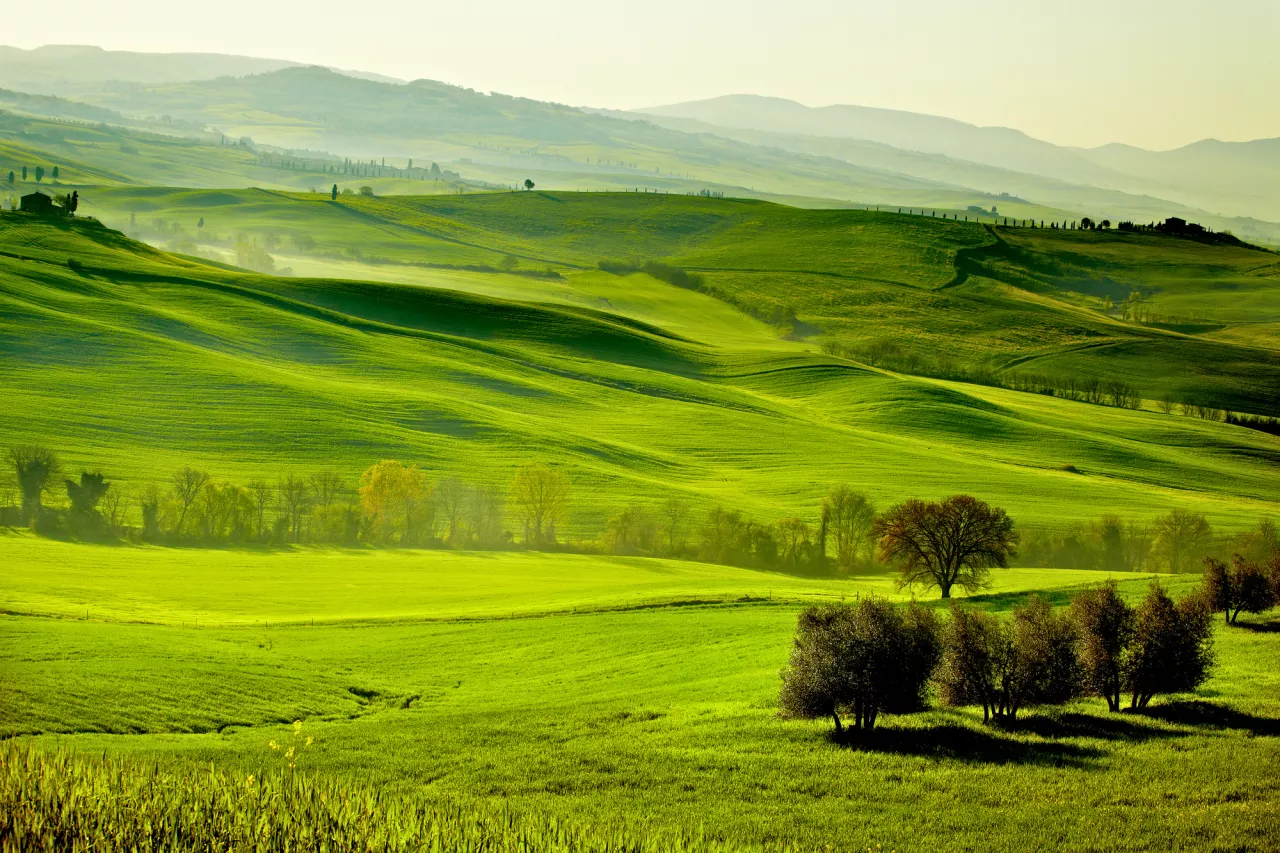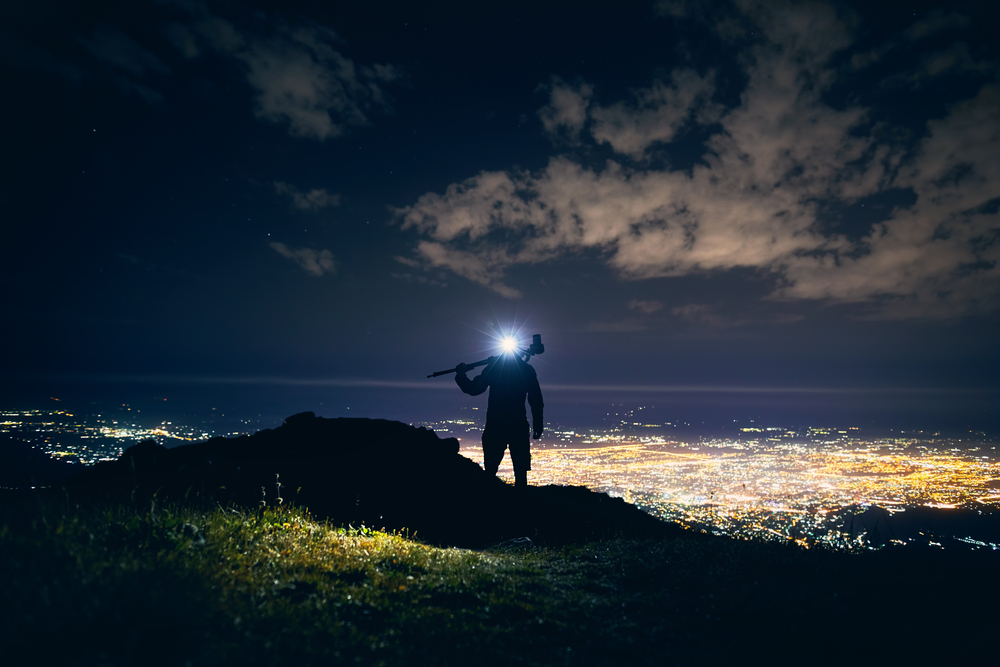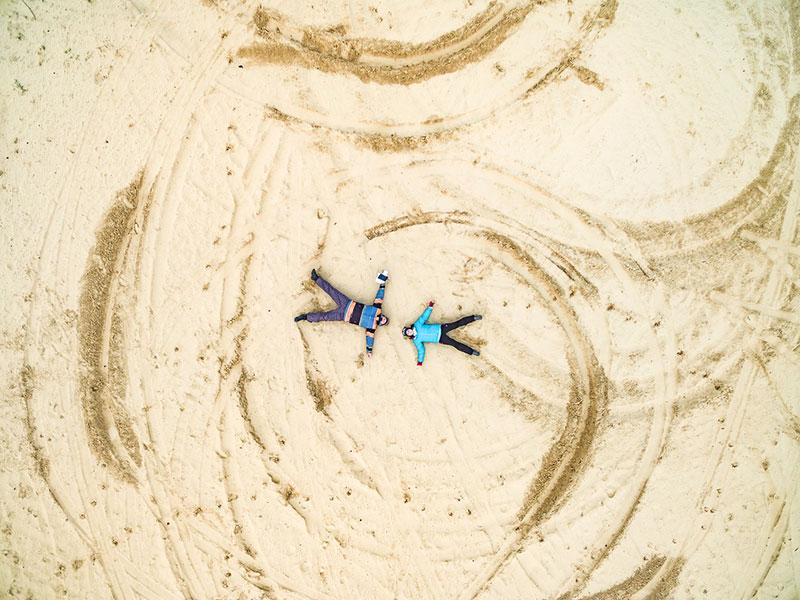How Beautiful?
Any photographer, photo editor and casting director will be curious to hear firsthand from colleagues how standards of beauty change over time, and how future standards of beauty depend upon today’s standards. Every little change in the field of beauty affects how it is perceived, and the public perception of beauty is extremely important for business, and one could argue, the growth of mankind.
Still and all, the fleeting nature of beauty is its most compelling aspect. Standards change so quickly that, according to exhibition participant and British photo journalist Felicia Webb, “by the time I had my children they can’t even recognize the world of fashion and beauty that I came up in.”
What are ideals of beauty in the present day? Editors of the American magazine Allure published the results of a new poll concerning beauty in their 20th anniversary edition, reporting that a nationwide ideal does not exist. Instead, representatives of mixed races constitute, in aggregate, the most beautiful women. An interesting detail: seventy percent of contemporary American women would be happy to have darker skin. The contrast with results obtained twenty years ago is huge; then, most Americans considered blue-eyed blondes to be ideal.
The present-day beauty standard leans in the direction of a non-standard. Models with skin defects or peculiar figures, or older than 45 frequently appear in advertising campaigns. If you believe big business spokespersons, from cosmetics to the fashion industry, today’s acceptance of aesthetic variety creates ideal conditions for progress, like biological variety in nature helps facilitate survival of the species.
